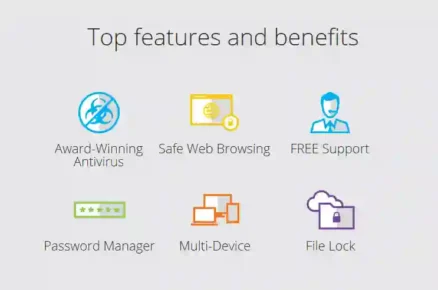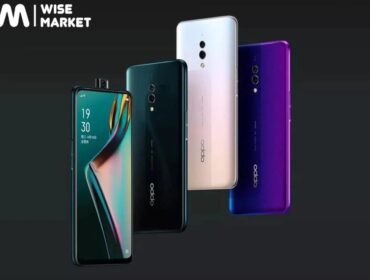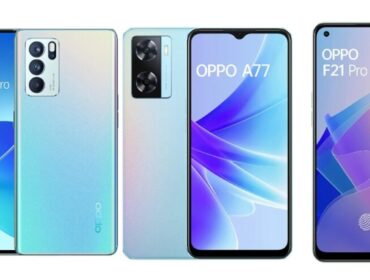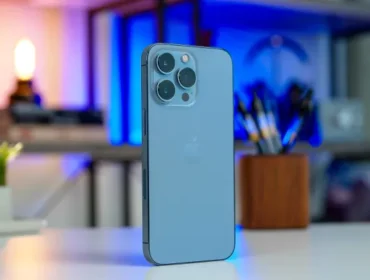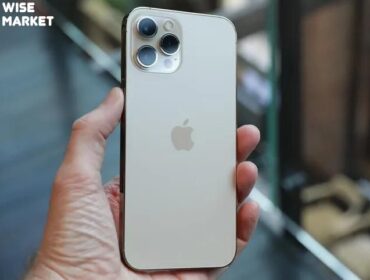MISUMI Proximity Sensors, Quality Reliability and Performance
MISUMI India is a leading proximity sensor supplier in India. They have a wide range of these sensors in their e-Catalog.
MISUMI provides proximity sensors at the very lowest price with high-quality standards. These are divided by many specifications and dimensions.
Specifications of MISUMI Proximity Sensors
Sensor Shape
Screw, Cylinder Shape, Square, Low Profile
Detection Object
Magnetic Metal, Nonmagnetic Metal, Non-Metal (Capacitance Type)
Operating Environment
- Standard
- Space Saving
- Heat Resistant
- Sputter Resistant
- Chemical Resistant
- Aluminum Chips
- Oil Resistance Strengthened
- Cold Resistant
- Waterproof, Drip-proof
Detection distance L1 [classification](mm)
~1, ~2, ~3, ~5, ~10, ~20, ~50, ~100
Shield
Shield, Non-Shield
Detection Type
Front Surface Detection, Side Surface Detection, Variable Type
Detection Head Size, Dimension D(Ø)
3, 3.5, 3.8, 4, 5.4, 6.5, 8, 34, 40, 85
Amplifier
Built-in Type, Separated Type, Relay Type, Amplifier Only
Sensor Case Material
- Stainless Steel
- Brass (Fluorine Coating)
- Brass (Nickel Plating)
- Polyarylate Resin
- PBT Resin
- ABS Resin
- Fluororesin
- Polycarbonate
- Stainless Steel (SUS303) coated with Fluororesin
- Aluminum Diecast
- Brass
- Zinc
- Polyamide Resin
Sensor Detection Surface Material
- Stainless Steel
- Polyarylate Resin
- PBT Resin
- Fluororesin
- PEEK
- ABS Resin
- Stainless Steel (SUS303) coated with Fluororesin
- Epoxy Resin
- Polyester
Protection Structure (IEC)
IP50, IP60, IP64, IP65, IP66, IP67, IP68, IP40
What is a proximity sensor?
A proximity sensor is a general term for a sensor designed to detect without contacting the detected object and replaces contact detection methods such as limit switches.
It has the ability to convert information about the motion and presence of the observed object into electrical impulses.
The features of the proximity sensor include the following.
- Contactless sensing allows this sensor to detect the object without touching it, ensuring that the object is well-conditioned.
- These sensors are almost unaffected by the external colors of the target as it only detects physical changes.
- This type of sensor is applicable for a wider temperature range of use and damp conditions than your typical optical detection.
- These sensors are used in Android and IOS-based mobiles. It includes ingenious infrared technology that activates and deactivates the display depending on your use. For example, it deactivates your mobile display once a phone call is in progress so that you don’t accidentally start something while holding it to your ear.
- Long service life compared to other sensors.
- The speed of the reaction rate is high.
The proximity sensor uses/proximity sensor applications are listed below.
- A proximity sensor is mainly used to notice the existence of any target without touching it.
- It detects as well as calculates any changes within the surrounding space.
- They are used in mobile phones.
- This type of sensor is mainly used within the home automation system to automatically turn on the lights after the presence of any person inside the room.
- They are used in machine tools, rolling mills, and automation systems.
- This sensor is used to count the objects that are moving in the conveyor belt.
- This sensor is used for speed measurement, direction rotation measurement of electric motors, and distance measurement of vehicles.
- A photoelectric proximity sensor is mainly used for plastic object detection.
- The inductive proximity type is used to detect metal objects.
- An ultrasonic proximity sensor is used for the measurement of the distance to the target.
- IR proximity type is used to calculate a variety of applications.
- Capacitive proximity sensors are used for non-ferrous object detection, low weight objects as they provide more accuracy than others.
- Proximity sensors such as inductive and photoelectric are mainly used for position detection.



